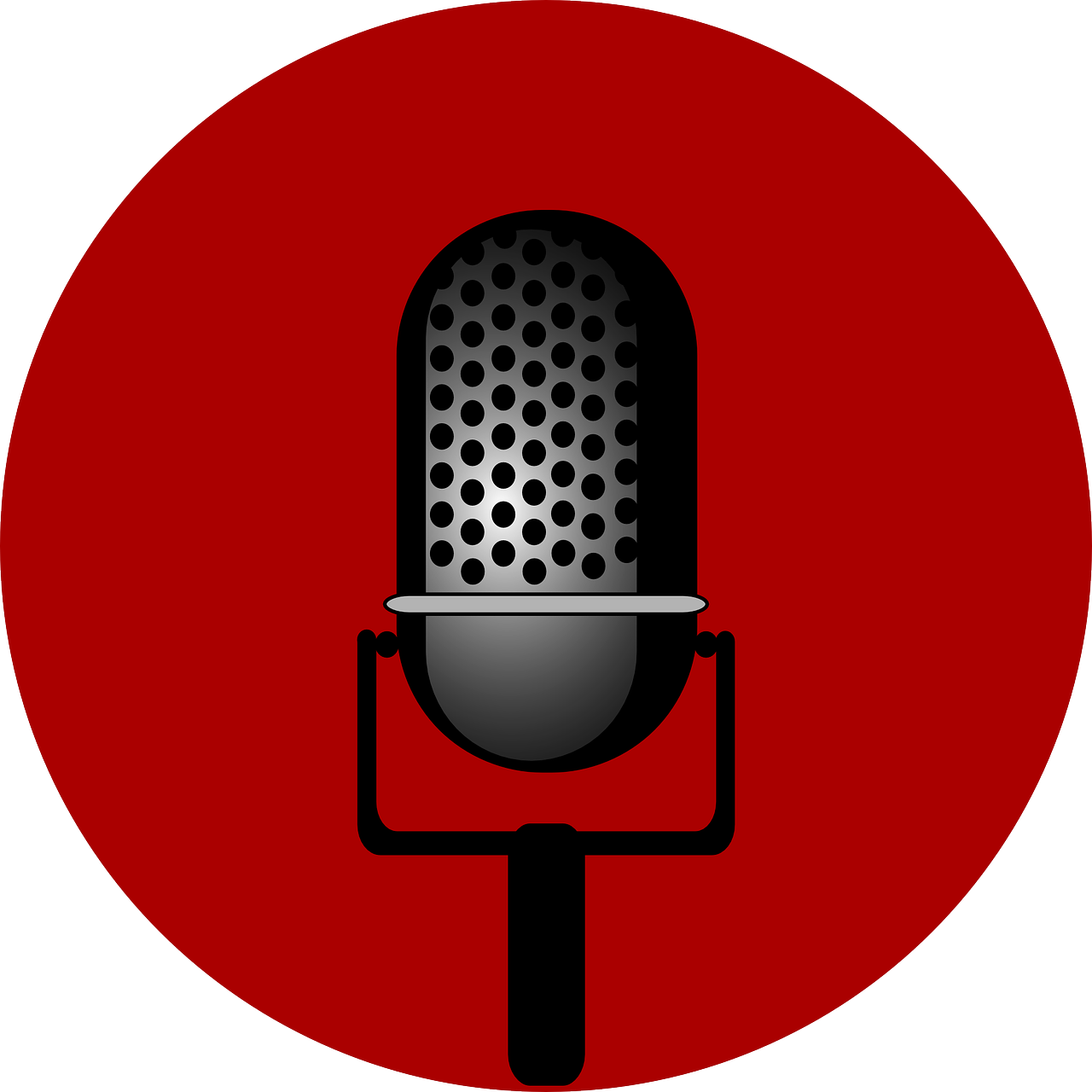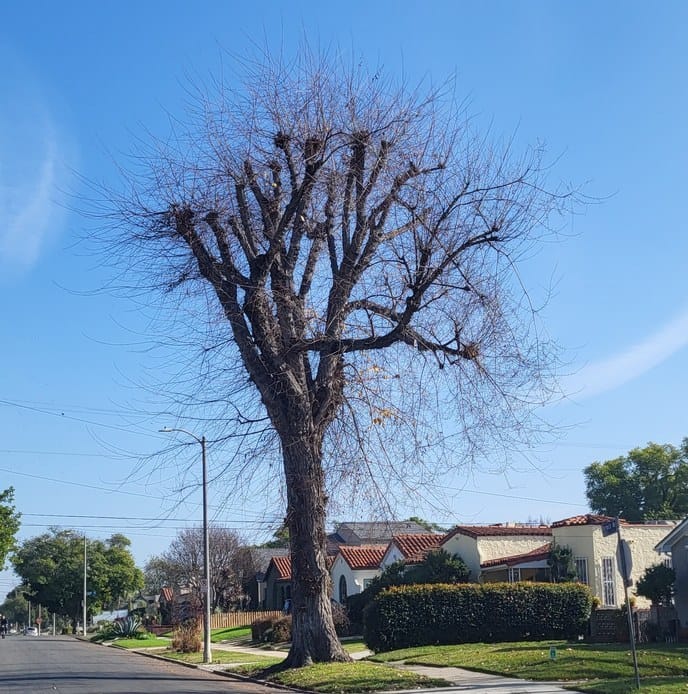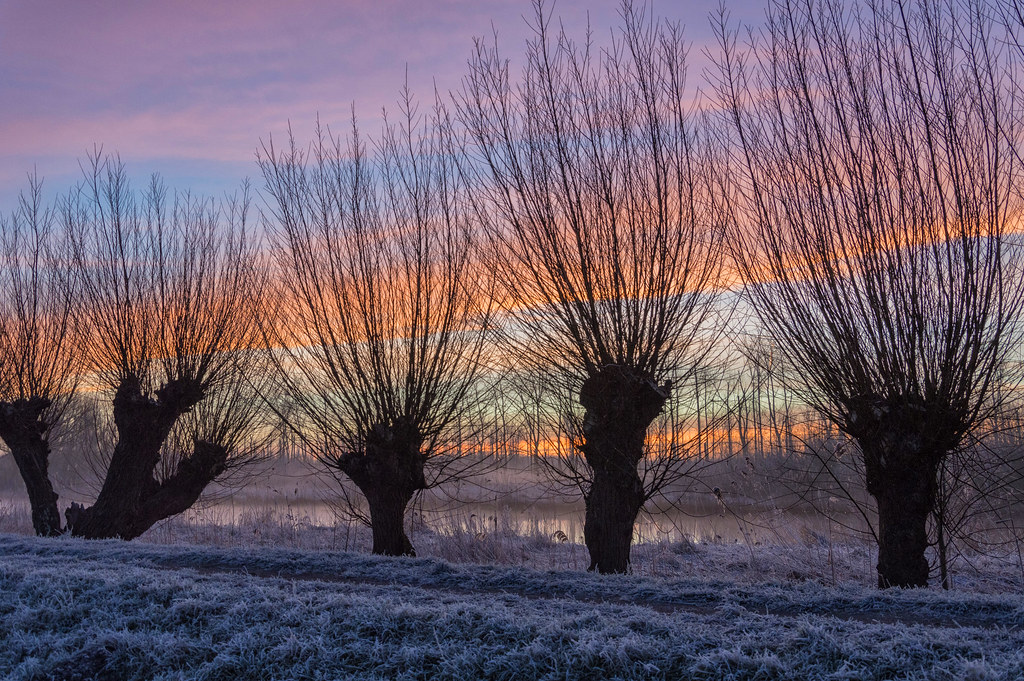Pollarding vs Topping


Anyone with experience in tree care will probably notice a lot of bad pruning on trees in our cities. The most egregious example is when a tree is "topped", also known as "hat-racking". The feature image at the top of this post is an example of a topped tree. This type of pruning can cause a lot of damage to a tree that can shorten its life and create a safety hazard. It also makes a tree look incredibly ugly.
What is topping and why is it bad for Trees?
Topping is a type of pruning that involves the removal of whole tree tops or large branches, leaving behind only stubs or small lateral branches.
When a tree is topped, it is cut in a way that creates large wounds. These wounds make the tree more vulnerable to infections, which can lead to decay. Topping often results in the removal of all the leaves on a tree, which makes it impossible for the tree to produce food for its roots through photosynthesis. This can cause large trees to die from starvation. Even if a topped tree manages to survive, it will be much weaker and less healthy than before. If you are buying a home that has a tree that has been previously topped, it is recommended that you have a consulting arborist check on its health.
In addition to health issues this can cause to a tree, it also creates safety issues for people and property near it. The tree's response to topping is to grow multiple shoots (suckers) from the cuts. These suckers are much weaker than the trunks or limbs they are growing from and are more prone to decay. As these suckers grow larger, they are very likely to break off and fall from the tree.
Often, the reason for topping a tree is to reduce its canopy and as this pruning can be done very quickly it is seen as a cheaper method of pruning. Ironically both of these are also reasons why you SHOULD NOT top a tree. The large number of new shoots will make regrowth much more dense than it was previously, requiring more frequent trimming. A better solution for this is to perform a crown reduction. Crown reduction pruning is where the canopy is thinned out by selectively removing branches in the canopy to reduce its size, without creating the the large stubs that cause the tree to send out many new shoots. If you have a tree on your property and want to reduce it in size, a properly trained arborist or tree surgeon will never recommend topping so seek out those that understand how to do a crown reduction or crown thinning.

Confusion with Pollarding
I've seen many online discussions justifying topped trees as being OK because they were pollarded. However, pollarding is an acceptable pruning practice only when done correctly and it works for certain species of trees. Pollarding is not a synonym for topping.
Pollarding is a tree pruning technique that may look similar to topping, but it is not the same. When a tree is pollarded, its limbs are cut back to the same point every year, or every few years. It is important to start pollarding when the tree is young. Unlike topping, pollarding can help extend the lifespan of a tree by keeping it in a partially juvenile state.
You can distinguish a pollarded tree from one that was topped by looking at the cut points. Pollarded trees cut back new growth to a knuckle that looks like a natural termination point for that limb. Topped trees will just look like they have been cut.

Pollarded Plane Trees
Pollarding is only applicable to certain species of tree, and the pruning must be done when the tree is dormant in late Winter. The most common trees that are pollarded include Plane, Beech, Willow and Crape Myrtle trees. When trees are pollarded, the point at which they are cut every year will start to form a knuckle shape from where the new growth will sprout. If you have a tree with that type of form then it was pollarded in the past and you can continue to do so.

Pollarded Willows with the current year's growth
Pollarding first started as a way to create wood for firewood and for feeding farm animals. By cutting the growth back periodically, the pollarded tree can continue to produce new wood, and making the cuts above 6 ft will protect the new growth from grazing by animals. The practice was later adopted in urban areas as a way to maintain the height of trees.
If you want to pollard a tree, be aware that this is an ongoing process and the tree needs to be repeatedly pruned that way, starting when the tree is young. Topping is often done only when a tree is mature, once its owner realises that the mature height is undesirable. This is another test for any potential tree trimmers you want to hire, if they try to sell you on topping a mature tree by calling it pollarding then they are not very well-skilled in tree care.
How to avoid bad Tree Trimmers
Topping is such a harmful technique that many local governments have banned this practice and you could be fined if you let a tree trimmer top a tree on your property. Unfortunately, these regulations are less common or poorly enforced so you will need to ensure the landscapers or tree trimmers you hire know what they are doing. Make sure the company/individual is a certified arborist. A Landscape contractor's license is not sufficient to prove their worth in arboriculture.
In The U.S. or Canada, they should be ISA certified; in the U.K. they should be ARB approved; in Australia, they should be ARB Aus approved. In other countries, check local resources to determine which is the correct certification. Many foreign arborist associations are affiliated with the International Society of Arboriculture and looking on their Associate Organisations directory will help you find a local resource.





